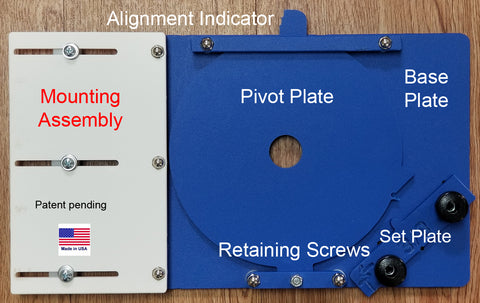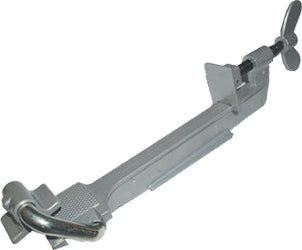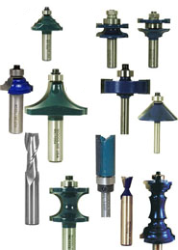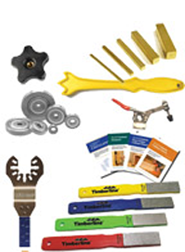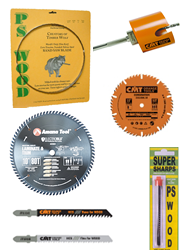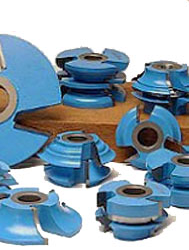Woodworking
Woodworking - An Overview of the Hobby for a Lifetime
Most avid woodworkers dream of a shop that is equipped with the best tools. Nevertheless, they have to make certain choices according to finances, workspace and the availability of various kinds of woodworking tools. Careful research and planning provide important guidance for approaching equipment choices.
When considering the tools that are needed for a woodworking project, it is wise to determine needed skills in addition to types of tools. Often, productivity depends not on having large, heavy machines but more so on the selection of hand tools and power tools that promote the highest degree of improvement to woodworkers’ abilities for making or repairing wood objects. Professional woodworkers or carpenters tend to own many large power tools. However, most of them quickly express that they prefer hand tools, especially chisels and planes, which provide the fastest means to completing wood projects. Although hand tools are often expensive, they are deemed more valuable than their motorized counterparts. They occupy less space in the wood shop and they usually require a small area for operation. For example, it is necessary to have at least 16 feet of workspace to use a jointer for connecting an 8-foot long plank to an object. With a hand plane, one moves the tool, not the wood, needing slightly more area than the room taken up by the material.
Experts advise that hand tools require more practice in their use if they are to provide the most benefits; thus, there are times when power tools are a good choice. An example is when one is trying to build a new piece of furniture in a relatively short period, and there is limited time for extensive practice to gain the proper experience. In this case, a woodworking machine is a better choice for supplying the necessary shortcuts to desired results. Clearly, what individuals know about choosing the right tools can make a big difference in their level of skill and efficiency to work with wood.

